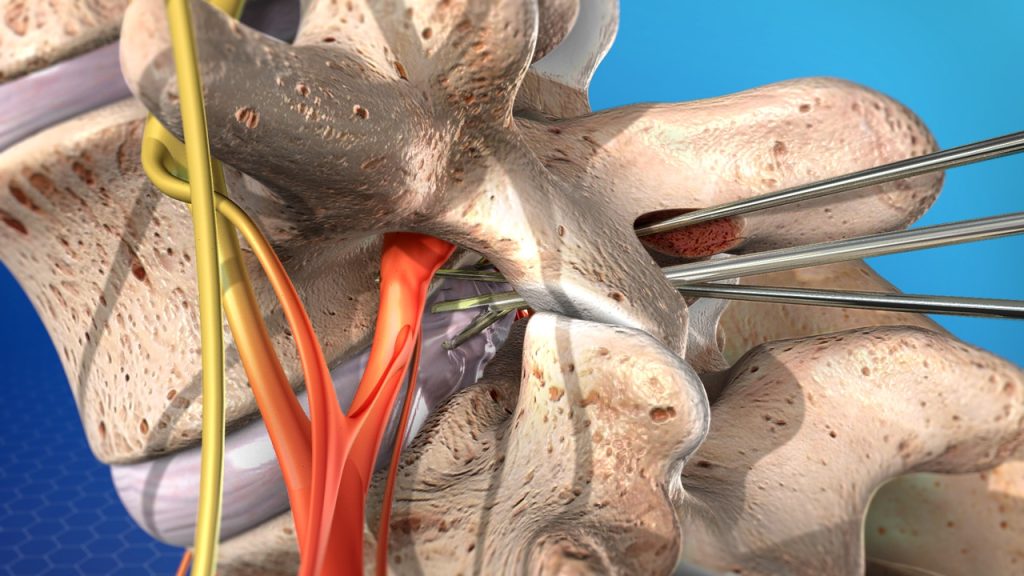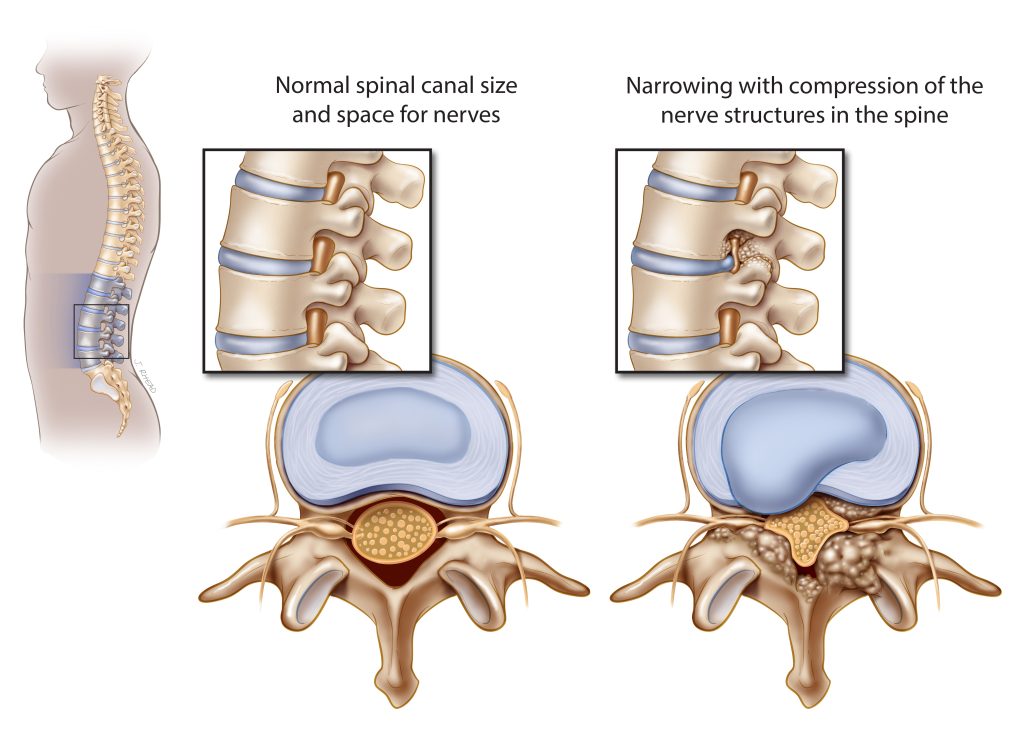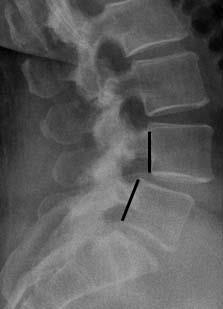Lumbar Disc Herniation
A common source of back or neck pain is a herniated disc. Sometimes called a “slipped” or “ruptured” disc, this condition most often occurs in the lower back, as well as the smaller disks in the neck.
Although a herniated disc can sometimes be very painful, most people feel much better with just a few months of simple, nonsurgical treatments.
However, sometimes surgery is required. Surgery for this problem most often involves a microdiscectomy utilizing a minimally invasive approach.
For more information about a herniated disk in the lower back, CLICK HERE.



